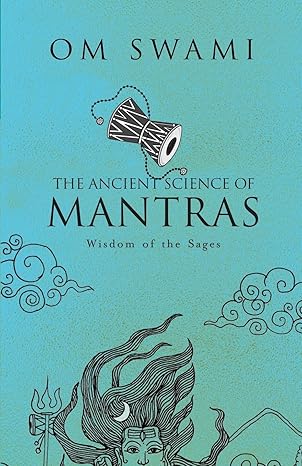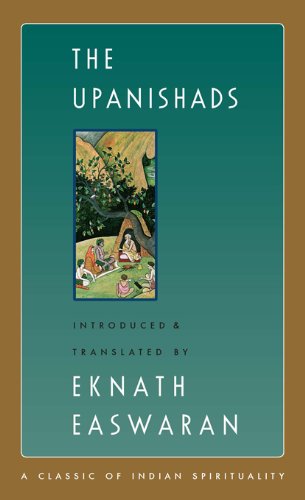In the pre-dawn silence of Varanasi, a lone boat glides across the Ganges. On its banks, saffron-robed ascetics chant shlokas, schoolchildren stretch into sun salutations, and the city’s clamor waits politely for the morning ritual to end. The scene, though ancient, plays out daily, as if time itself slows down for reverence.
Yet, to label India a religious nation is to only skim its surface. This is not just a country of faith—it’s the laboratory of the soul, the final frontier of spirituality.
Spirituality in India is a complex, evolving ecosystem. It permeates daily life, not through dogma, but through dialogue, practice, and introspection. Unlike organized religion, Indian spirituality often transcends institutionalized belief systems, favoring lived experience over rigid orthodoxy.
“Here, everyone is on their own journey,” says Rukmini Bose, a Delhi-based psychologist and yoga teacher. “You’ll find a software engineer meditating during lunch break, or an atheist lighting incense at a dargah for peace. It’s fluid, not binary.”
This fluidity is perhaps why India has nurtured every major spiritual tradition—Hinduism, Buddhism, Jainism, Sikhism, Sufism—and welcomed faiths from Judaism to Zoroastrianism with open arms. But it has also cultivated something more elusive: a secular spirituality, free of labels, driven by questions rather than answers.
Walk into Rishikesh on any given day and you’ll hear chants in Sanskrit, Hebrew, English, and Japanese. The Yoga Capital of the World doesn’t just export asanas—it incubates transformation. From foreign seekers to Indian millennials, many come not looking for gods, but for grounding.
“There’s something magnetic here,” says André from Brazil, who arrived for a month-long yoga course and stayed two years. “You don’t have to believe in anything. You just have to show up for yourself.”
Ashrams, meditation centers, and healing retreats have popped up from the Himalayas to the Western Ghats. Yet India’s spiritual marketplace is not just tourism—it is experiential economy. Whether it’s Vipassana centers in Igatpuri, Sufi qawwalis at Nizamuddin, or village elders practicing folk animism, India offers not one path, but thousands.
In Bengaluru, India’s Silicon Valley, spirituality has taken digital form. Apps like Sadhguru’s Inner Engineering or Sri Sri Ravi Shankar’s Art of Living courses now offer virtual retreats and meditation modules. Even corporate leadership programs integrate mindfulness practices inspired by ancient Indian techniques.
“Spirituality is no longer confined to the hills,” says Ananya Rao, a product manager and longtime Vipassana practitioner. “It’s available on your phone—and in your schedule.”
Far from losing its essence, Indian spirituality is evolving to meet the contemporary pace, merging tech and tradition. The youngest generation may not recite shlokas, but they know what pranayama is. They may not visit temples, but they journal their intentions, track lunar phases, and practice gratitude.
What sets India apart is its non-linear, pluralistic approach to inner life. You can be agnostic and spiritual, scientific and sacred, skeptical and seeking. You can laugh at superstitions, and still ask for your grandmother’s turmeric remedy before a job interview.
Dr. Zakir Hussain, a scholar from Hyderabad, notes: “Faith here doesn’t have to fight science. They often sit at the same dinner table. That’s India’s true genius—its hospitality to paradox.”
There is no spiritual monopoly here. A Jain monk can debate a Buddhist scholar under a banyan tree while a Christian social worker plants trees nearby. Sacredness is not confined to shrines. It’s in rivers, rocks, mantras, meals, azaans, silences.
As the world grapples with anxiety, burnout, and polarized identities, India offers what it has always held quietly: the art of stillness.
From the Upanishads to Kabir’s poetry, Indian wisdom traditions teach one enduring truth: the answers you seek are already within.
The growing popularity of Indian-origin ideas—like mindfulness, yoga, non-violence—across the West points to a global thirst for depth over doctrine. But in India, they were never trends. They were tools for survival.
In a village in Ladakh, a Buddhist nun teaches schoolchildren how to meditate before classes. In Chennai, a retired banker leads laughter therapy circles in public parks. In Mumbai slums, NGOs run mindfulness programs to help children deal with trauma.
These are not performances. These are daily practices of resilience.
As global conversations turn toward climate, compassion, and consciousness, India’s spiritual heritage offers a compass—not one to convert, but to connect. Its traditions speak not of salvation in some faraway afterlife, but of presence, balance, and harmony here and now.
And perhaps, that’s why India is not just a historical heartland of spirituality—but its final frontier.
Not because it holds all the answers, but because it never stopped asking the questions.
Related Readings
![]()




